4 Sectors Focusing on Utility in NFTs
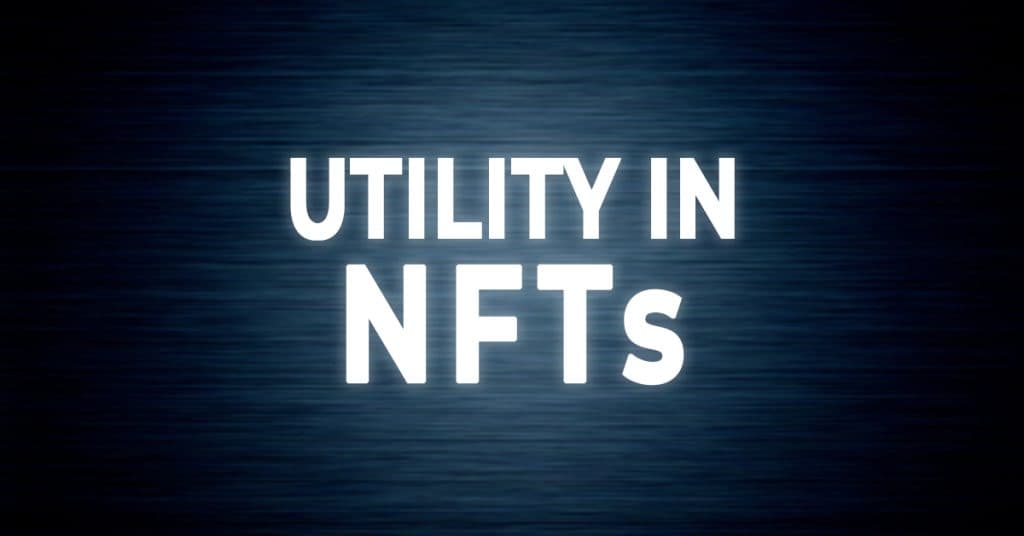
The world of NFTs is not just about art and cartoon animals, branching out to cover many different styles and sectors. One word you’ll often see pop up though, is utility, and having utility is usually (but not always) a selling point, so today, we’ll discuss utility in NFTs.
What does “Utility in NFTs” Mean?
Basically, if an NFT has utility, it means you can do something useful with it other than just looking at the picture and bathing in the glow of owning a digital receipt. It’s not quite as clear as that sounds, though, since there are disagreements as to what actually constitutes a useful function.
If an NFT allows you entry to a venue, lets you unlock valuable online content, or nets you some desirable merchandise, for example, that seems clearly useful.
But what if an NFT simply puts you on the list to be airdropped another NFT? Early Bored Ape Yacht Club holders were given Mutant Ape NFTs and ApeCoin, both of which had high resale value, so that was a good deal. But how about in the case of an unknown PFP collection? Can airdropping a second, equally unknown PFP be considered real utility?
One other issue is that in the worlds of art and photography, you’ll find creators and collectors who dislike the idea of providing utility. From this point of view, they’re creating art which happens to be sold in NFT format, and asking for further uses is as pointless as asking for utility when you buy a painting.
Overall then, we need to be careful about what kind of NFT we’re buying, and if it offers utility, whether its functions actually have value.
ENS and Unstoppable Domains
Image credits: Ethereum Name Service
If you want to own your own web3 domain name, then you’ll need to buy an address as an NFT from Ethereum Name Service or Unstoppable Domains, either directly or on the secondary market. Doing this from ENS, you’ll get the distinctive dot eth domain extension, while Unstoppable Domains has other endings.
This kind of NFT domain name corresponds directly to your crypto wallet address, acting as a human readable alternative to the long lists of letters and numbers that make up wallet addresses.
Big profits have been made from flipping highly desired NFT domain names, but it’s fair to say that anyone currently buying web3 domain names can still be considered an early adopter (assuming adoption continues to grow).
There are similar services on Solana and Cardano, available through Bonfida and ADA Handle, respectively.
Science and Data NFTs
Image credits: Oasis Labs
To really get a sense of how flexible NFTs can be, take a look at how they might be used in the world of science, which is about as far removed from the PFP degen casino as you can get.
RMDS Labs specializes in data science and machine learning, and has set up a specialized NFT marketplace to help solve problems around funding and IP in the scientific sector.
There is also speculation around whether NFTs could be used in the medical field, allowing patients to have greater control over (and perhaps even profit from) their data and records, and it’s not difficult to see how controlling your own data can extend into other areas, such as academic records.
Ocean Protocol is a leading entity working on data-backed NFTs, and Oasis Labs is focused on blockchain solutions to confidentiality and data storage, and is working with genomics companies Genetica and Nebula Genomics, among many other partnerships.
AI NFTs
Image credits: Alethea AI
The integration of AI and NFTs presents a variety of possible uses. By the way, this doesn’t mean NFTs featuring AI-generated art, but rather NFTs that are actually artificially intelligent.
These could then operate as bots performing specific functions, as characters in games and metaverses, or in whichever sci-fi ways the future boundaries of AI development might allow.
Altered State Machine is an early frontrunner in this field, and Alethea AI is another project working along similar lines. Both of these projects work on the idea that an NFT can be coupled with an artificial brain or personality.
Fuzzle is another project to take a look at, producing cute, AI-powered NFTs in collaboration with Gala Games and entertainment-focused blockchain/AI specialists Endless AI.
Fashion NFTs
Image credits: 10KTF
The fashion world has taken a lot of interest in NFTs, and there are a number of projects allowing you to buy virtual apparel. You could argue over whether this is real utility, but if we’re including applications in future metaverse-like environments, then there’s a definite purpose that can have value.
10KTF allows holders of certain NFT collections to mint digital fashion derivatives from their NFTs, which can then be traded on secondary markets. 10KTF has been around since September 2021 and is now, like BAYC (10KTF works with ApeCoin) and a few other blue chips, a well-respected web3/NFT presence.
Look into 10KTF, and you might come across WENEW, a web3 platform co-created by Beeple, and which is not only behind 10KTF, but has also worked with Louis Vuitton, Gucci, and British tennis star Andy Murray. There was also excitement recently when the WENEW name was spotted at the bottom of the Renga project’s landing page, and it became clear a collaboration between Renga and 10KTF is in the works.
If you want to see how NFTs can be linked to real-life, physical fashion, then head over to Origin Thread, on Cardano. This in-progress project aims to put all information about materials and production transparently on-chain, and make it viewable by scanning a tag on the clothing. It’s still at an early stage so there is only one shirt available as yet, and you can pay directly with ADA.





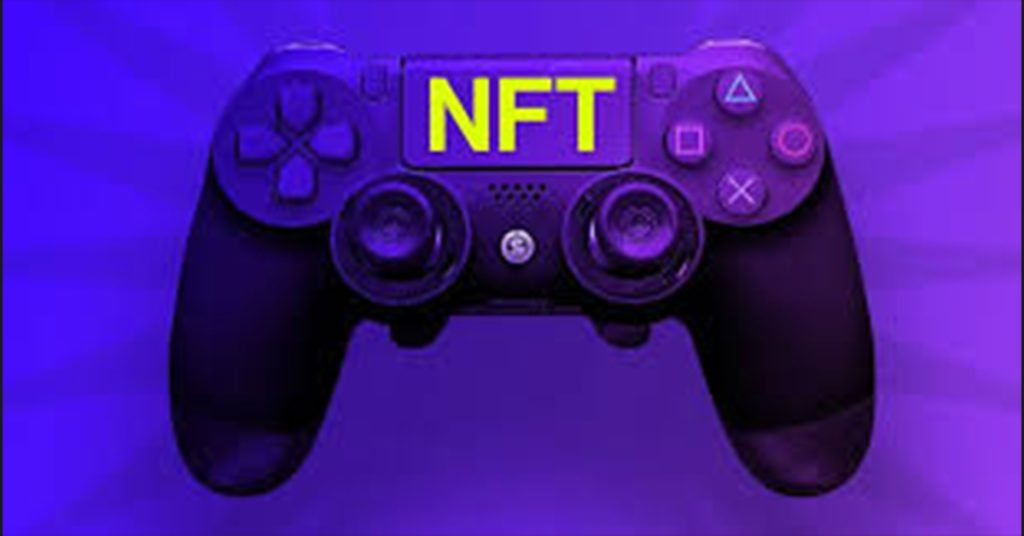


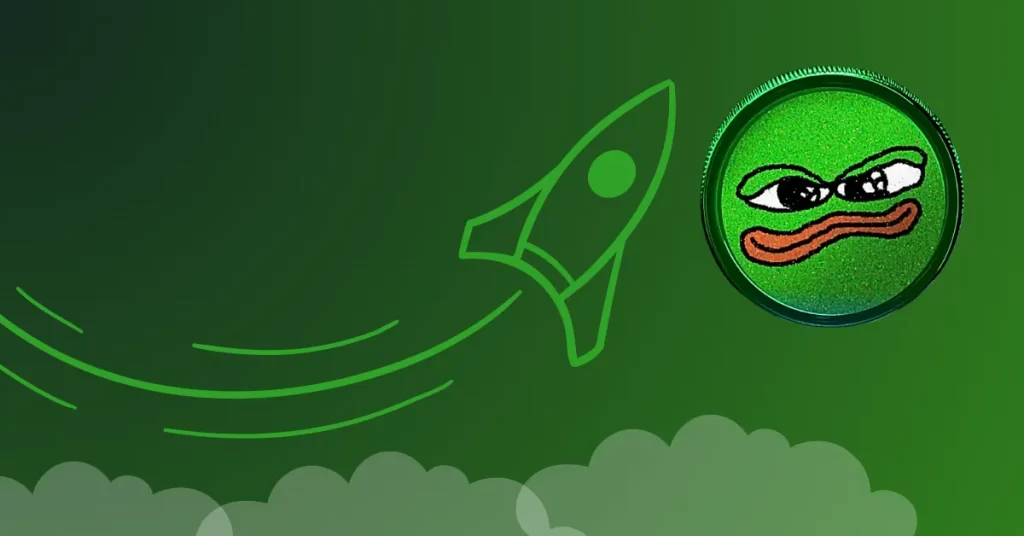

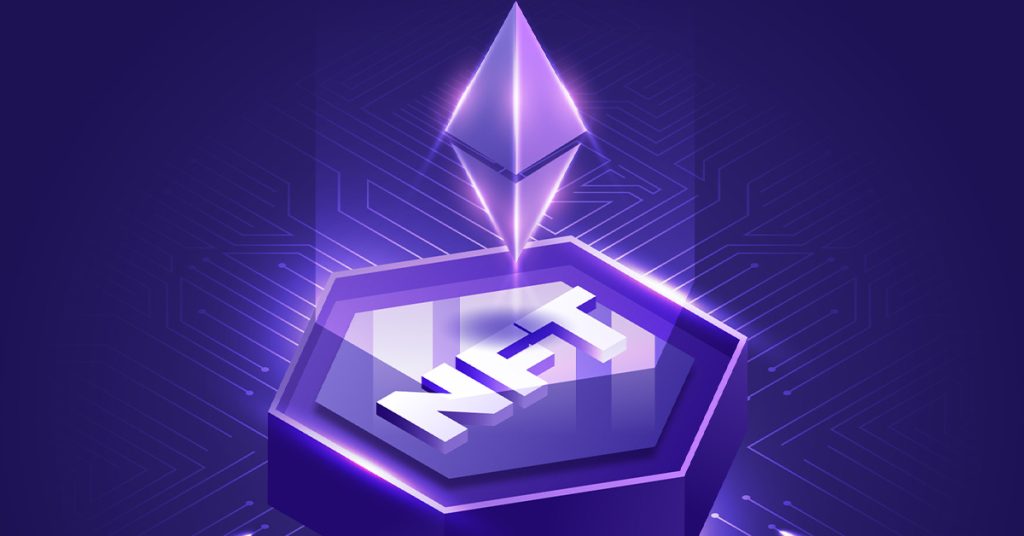
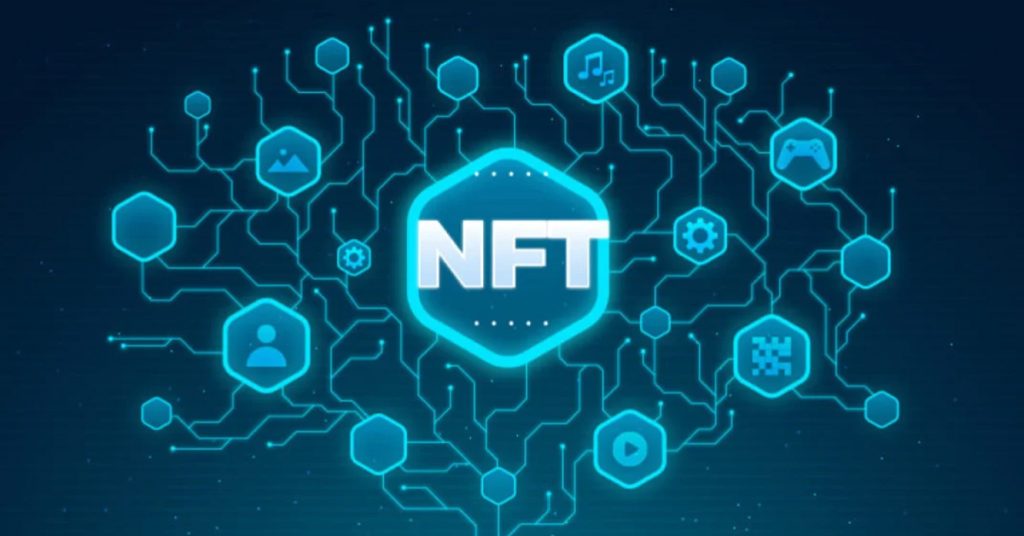
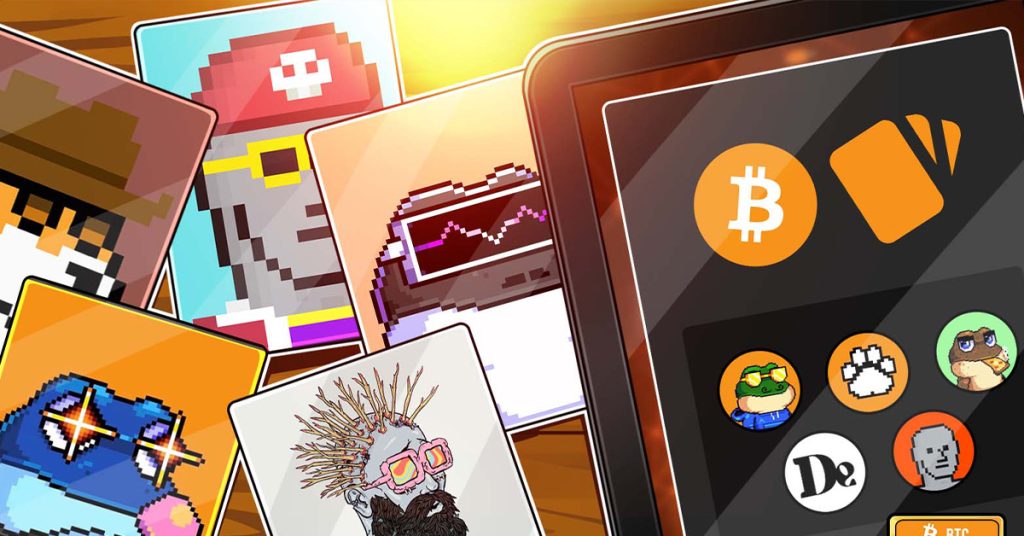
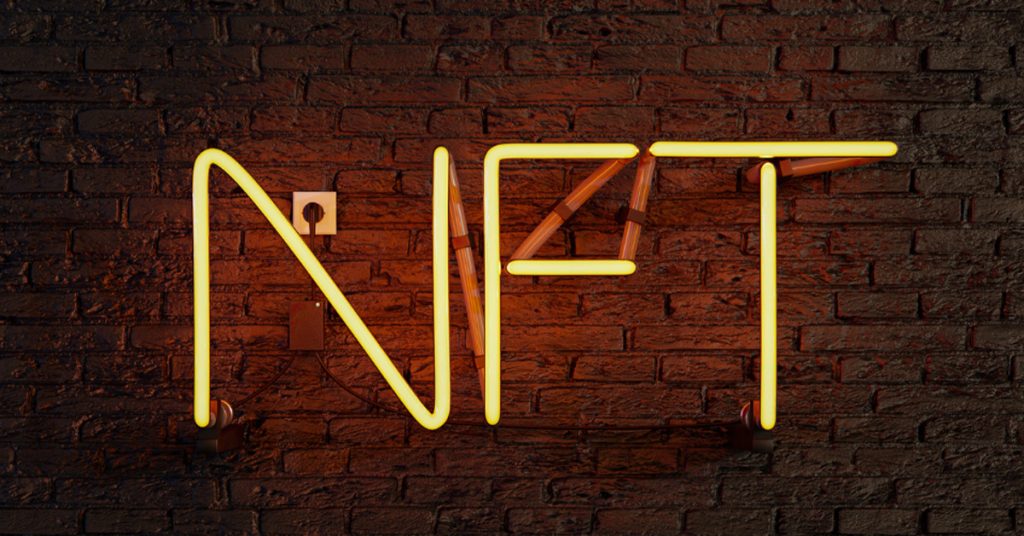
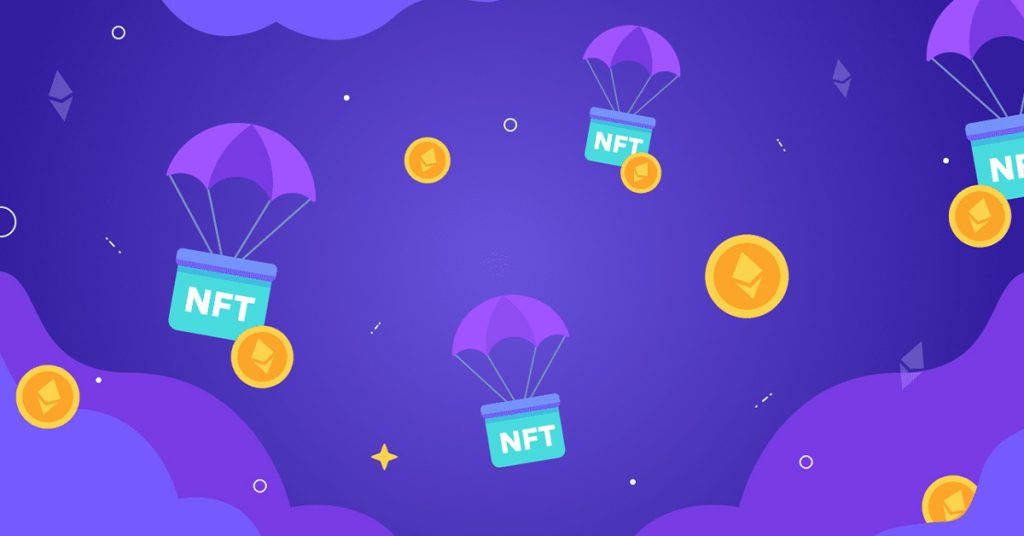
Responses